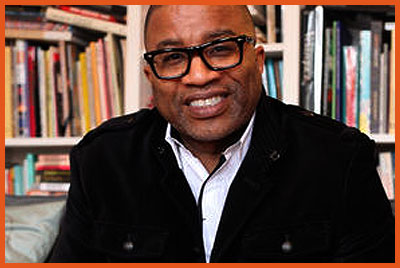Mhysa is an artist whose work has compelled and challenged us. Their new video — for the track “Bb,” off their successful album, fantasii — is familiar in some ways and satisfyingly, critically, and intentionally unfamiliar in others.
Conceptual artist and musician E. Jane’s proof of concept comes, for me at least, in the difficulty I find in writing about what makes it so effective. “I am not an identity artist just because I am a Black artist with multiple selves. I am not grappling with notions of identity and representation in my art,” they wrote recently on their tumblr., disregarding the over-easy framing of black-art-making-as-resistance that inherently privileges white/colonial order. One of the many ways this power consistently remakes itself is by its own role in telling us how it needs to be constantly resisted. When they say “I reject the colonial gaze as the primary gaze,” E. Jane attempts to take away its power by resisting that power over them in the first place. It’s a sidestep…and a very important one.
Mhysa, their “Queer Black Diva and underground popstar for the cyber resistance” nom de plume, succeeds because their defiance of easy categorization reveals the politics of easy categorization itself. Sure, “Bb,” the new video launched on YouTube that we’re sharing today can be called an R&B song with its intimate lyrical themes, luxuriant sonics, and languid visuals. It is and it isn’t at the same time. That’s the point.
Mhysa has developed a conceptual space from which to locate themself, called “the land of NOPE,” a sort of parallel musical and artistic universe. NOPE’s cohesion is compelling; its inhabitants — from divas like Donna Summer and Janet Jackson to the jewel thief Doris Payne — are world-makers of their own, whose lines intersect with NOPE and run conjointly. The thing about parallel lines, though, is that one can take an abrupt turn at any point, prompting an intersection. It is at this intersection that “Bb” resides.
A recent Cultured Magazine article on the artist quotes the esteemed art historian Huey Copeland, articulating what “Imagine what might be possible if we tended toward blackness—in all of its sensuous and imperceptible unfolding,” he suggests, with the different horizon from which to take our bearings?” Mhysa’s work is that unfolding. And it is fascinating.
For more on E. Jane and Mhysa, check out their website.

 Share On Facebook
Share On Facebook Tweet It
Tweet It







